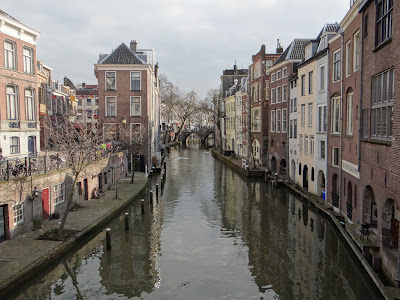 |
| Taijitu by Nyo |
The Tao Te Ching contains the following parable:
A poor farmer's horse ran off into the country of the barbarians. All his neighbors offered their condolences, but his father said, "How do you know that this isn't good fortune?" After a few months the horse returned with a barbarian horse of excellent stock. All his neighbors offered their congratulations, but his father said, "How do you know that this isn't a disaster?" The two horses bred, and the family became rich in fine horses. The farmer's son spent much time riding them and one day fell off and broke his hipbone. All his neighbors offered the farmer condolences, but his father said, "How do you know that this isn't good fortune?" Another year passed, and the barbarians invaded the frontier. All the able-bodied young men were conscripted, and nine-tenths of them died in the war. Thus good fortune can be disaster and vice versa. Who can tell how events will be transformed?*
I don't know how things are going to turn out and neither do you. In the absence of a personal Tardis, we can only travel the stream of time in one direction. Our best option is to move forward with the understanding that we will encounter obstacles and the confidence that we will overcome them.
You might also like:
Rainy Days and Mondays
When Your Name Becomes an Adjective
Looking Forward
*Tao Te Ching, Chapter 74, translated by Stephen Mitchell









